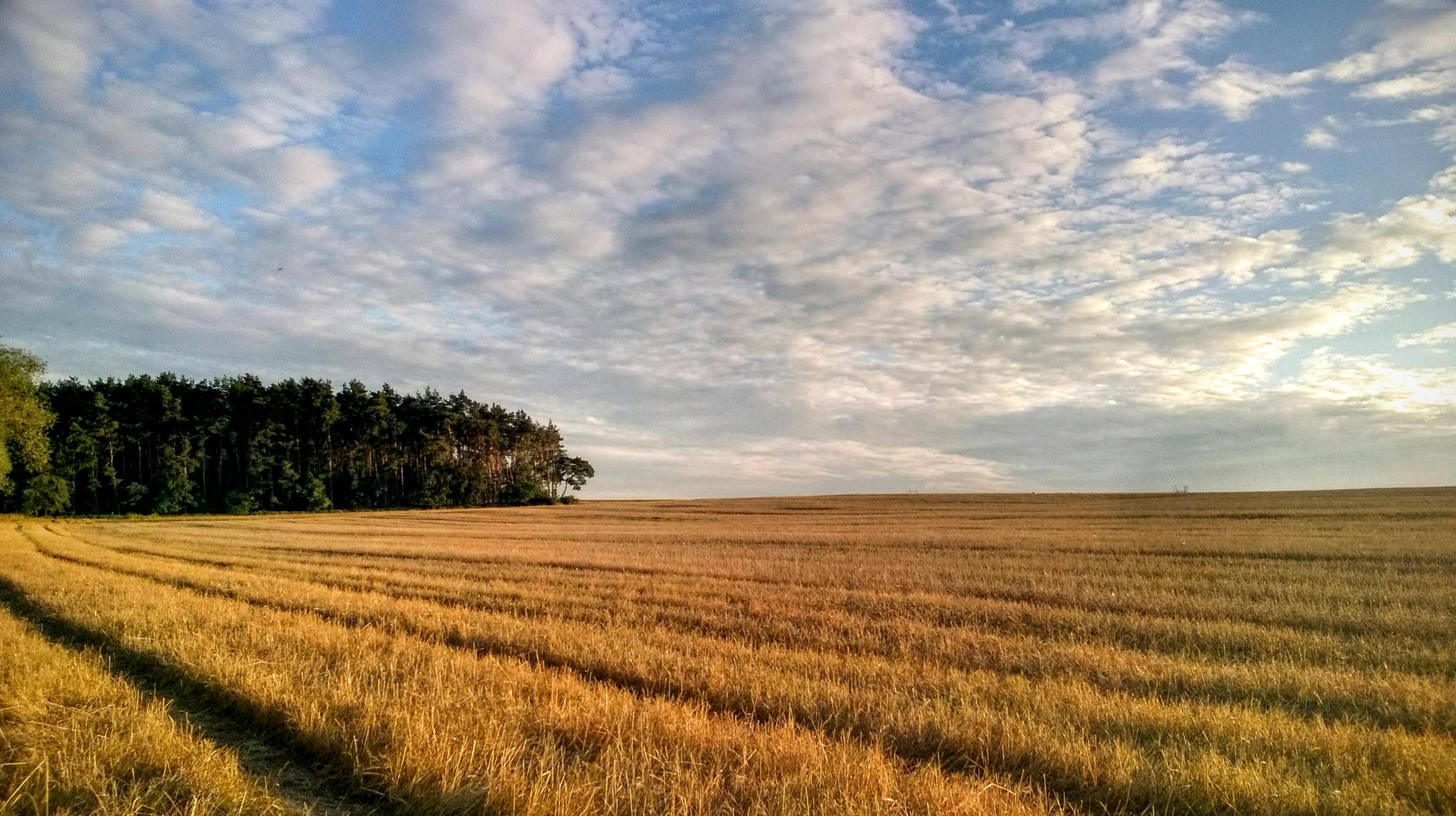PART 2
AFRICA, A NEW ELDORADO FOR GM CROPS
By harnessing genetically modified crop (GM) technologies and applying them to varieties adapted to its climate, Africa and its researchers are enabling the development of more productive GM crop cultivation.
It may not be a green revolution, but the progress achieved is significant. By cultivating genetically modified plants (see sidebar) adapted to the various climates of the African continent, the yields obtained are much better than those of “conventional” plants from which they are derived and are usually grown.
Africa was slow to adopt GM crops, but over the past decade, it seems to be catching up. The number of countries cultivating GM crops is increasing. Their governments see it as an opportunity to enhance food sovereignty and security for their populations.
“In 2008, South Africa became the first country to cultivate GM crops. It started with Bt maize, followed by herbicide-resistant maize varieties using technologies imported from the United States,” explains Georges Freyssinet, President of the French Association of Plant Biotechnology. Nigeria, Sudan, Malawi, Eswatini, and Ethiopia subsequently began cultivating GM crops. It became possible to cultivate genetically modified cotton, soybeans, and more recently, pineapples. However, the cultivated area remains modest, not exceeding 4 million hectares.
Shift towards GM crops
New genetically modified varieties of cassava and cowpea have prompted Senegal, Ghana, and Kenya to shift towards GM crops because the new varieties meet the needs of their populations. Recently, Algeria and Egypt, highly dependent on cereal and agricultural product imports to supply their populations, are also considering venturing into GM crop cultivation.
“In fact, the era of cultivating seeds of genetically modified plant varieties imported from a third country is over,” argues Georges Freyssinet. Certainly, this approach had been adopted by South Africa, a pioneer in Africa in the implementation of genetically modified plants. The success was evident because maize varieties faced no difficulties in adapting to the climate, as it shares some similarities with that of the vast plains in the United States.
However, in Burkina Faso, the introduction of genetically modified cotton varieties was disappointing. The characteristics of the harvested flowers and their fibers did not meet the requirements of the textile industry. In fact, the imported varieties were not suitable for the climate in which they were cultivated.
In Africa, GM crops are now enjoying great success because they have been developed by African researchers who have been able to acquire the necessary skills in transformation and selection techniques. The new GM crops are derived from local varieties adapted to the specific climatic conditions in which they are cultivated.
“We are in a positive dynamic with the availability of local varieties that interest farmers,” assures Georges Freyssinet. The range of genetically modified plant varieties has strengthened their appeal to African countries.
Due to their characteristics, these GM crops make small-scale farmers less dependent on the use of phytosanitary products. Yields are also more consistent.
A genetically modified variety of cassava is now resistant to mosaic virus. TELA maize withstands drought and attacks from insects such as the fall armyworm and stem borers. There is also a genetically modified variety of potatoes currently undergoing field testing for resistance to late blight. In Senegal, where cowpea is abundantly cultivated, a new genetically modified variety is now resistant to the Maruca pod borer.
The conflict in Ukraine and the insecurity it represents in terms of agricultural market supply are leading African governments to take necessary measures to strengthen their food sovereignty. All possible solutions are being considered. However, by disseminating new genetically modified varieties, governments are obliged to develop a system for seed distribution and traceability.
If the new genetically modified plant varieties are not hybrid varieties, the production of farmer seeds is entirely feasible. It facilitates the dissemination of these varieties. However, farmers may sometimes have to pay royalties to compensate the breeder and fund their research.
PGM rather than GMO
“Genetically modified organisms (GMOs) are primarily genetically modified plants (GM crops),” explains Georges Freyssinet, President of the French Association of Plant Biotechnology. The first varieties were commercialized in the United States in 1995 and involved insect-resistant maize varieties. The gene encoding the Cry1Ab toxin, extracted from the genome of the Bacillus thuringiensis bacterium, was introduced into the genome of the cereal, hence the name “Bt maize” for genetically modified varieties. Subsequently, herbicide-tolerant varieties appeared, followed by double genetically modified varieties that were both herbicide-tolerant and resistant to harmful insects.
To obtain these first GM crops, a transgene consisting of three main elements was introduced into the genome of selected plants using a phytopathogenic bacterium, Agrobacterium. This bacterium has the ability to naturally transfer part of its genome into the genetic heritage of the host plant.
This transgene is composed of the coding region for the desired function, such as resistance to a pathogen or insect, for example, and two genetic sequences that ensure the regulation of gene expression.
Transgenesis, initially applied to maize, was quickly extended to soybeans.
From the outset, the first GM crops faced hostility from many African governments, echoing the concerns of environmentalists regarding health and biodiversity protection, among other issues.
These governments were afraid of making their agriculture and farmers dependent on international seed companies. By producing GM crops, they also feared the image they would project to countries that typically import their products, as they were concerned about losing access to those markets.




